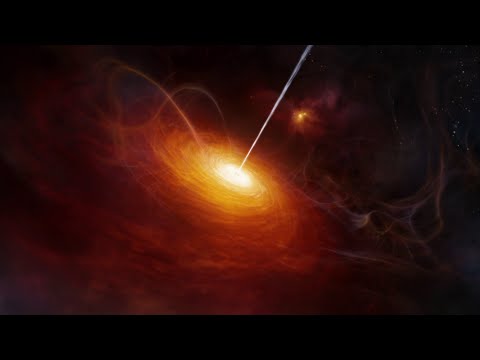The Dance of Galaxies: How They Formed and Evolved
Galaxies are vast collections of stars, dust, and gas held together by gravity. They come in a variety of shapes and sizes, ranging from spiral galaxies like our own Milky Way to irregular galaxies with no distinct shape. But how did these galaxies form and evolve over billions of years?
The dance of galaxies begins with the Big Bang, the event that started the universe approximately 13.8 billion years ago. In the early universe, matter was distributed unevenly, with denser regions attracting more matter and eventually collapsing under their own gravity to form the first galaxies. These early galaxies were small and irregular, lacking the distinct shapes we see today.
As time went on, galaxies began to merge and collide with one another, forming larger and more complex structures. The Milky Way, for example, is thought to have formed through the merger of smaller galaxies over billions of years. These mergers can trigger bursts of star formation and create new stars and planets in the process.
The evolution of galaxies is also influenced by the presence of dark matter, a mysterious substance that makes up about 27% of the universe. Dark matter does not emit, absorb, or reflect light, making it invisible to telescopes. However, its presence can be detected through its gravitational effects on visible matter, such as galaxies.
The interaction between dark matter and visible matter plays a crucial role in shaping the structure of galaxies. Dark matter acts as a gravitational scaffolding, providing the framework for galaxies to form and evolve. Without dark matter, galaxies would not have enough mass to hold themselves together and would disintegrate over time.
In addition to dark matter, supermassive black holes at the centers of galaxies also play a significant role in their evolution. These black holes can grow by accreting matter from their surroundings, releasing energy in the form of radiation and jets of particles. This process can influence the growth of galaxies by regulating star formation and affecting the distribution of gas and dust within them.
Overall, the dance of galaxies is a complex and dynamic process that has been shaped by a variety of factors, including dark matter, black holes, and the interactions between galaxies themselves. By studying the formation and evolution of galaxies, astronomers can gain a better understanding of the origins of the universe and how it has evolved over billions of years.













